The cluster of galaxies "El Gordo" was weighed by the Hubble Space Telescope NASA. This is the largest cluster of galaxies seen in the distant universe. It was cataloged ACT-CL J0102-4915. His nickname, El Gordo, which means "the fat" in Spanish.
It is through the distorted galaxies distant background, a team of astronomers calculated the mass of the cluster, about 43 percent more massive than previous estimates. The cluster weighs as much as 3 million billion times the mass of our Sun. This cluster of galaxies is 9.7 billion light years from our solar system. The immense gravity of the cluster subtly distorts space and the images of background galaxies, as a distorting mirror. More important is the deformation, more the cluster is massif. A fraction of this mass is enclosed in hundreds of galaxies, which populate the cluster and a larger fraction is still in the hot gas which fills the entire volume of the cluster. The rest is related to dark matter, an invisible form of matter which constitutes the essential of the mass of the universe.
« What I mostly watched these are the forms of background galaxies that are further away than the cluster itself », explained lead author James Jee of the University of California at Davis. | | Although clusters of so massive galaxies are also in this part of the universe, as the cluster of the ball, nothing like this has ever been discovered so far in the time when the universe was about half of its current age, i.e. 6.85 billion years.
The immense size of the cluster El Gordo was reported for the first time in January 2012. At the time, astronomers had estimated its mass based on observations made by the Chandra X-ray Observatory NASA and velocities of galaxies measured by the Very Large Array Telescope of the European Southern Observatory in Paranal, Chile.
To obtain an independent estimate of the mass, they used Hubble and developed estimates of the cluster mass, based on the motions of galaxies moving within the group and the temperature of the hot gas between these galaxies.
To do this, they looked as if El Gordo was the result of a titanic collision between a pair of clusters of galaxies. However, the mass of the cluster El Gordo could be even greater because the giant El Gordo does not fit fully in the field of view of Hubble. Another mosaic of images to be captured, it will be the next step for the Hubble team. | | 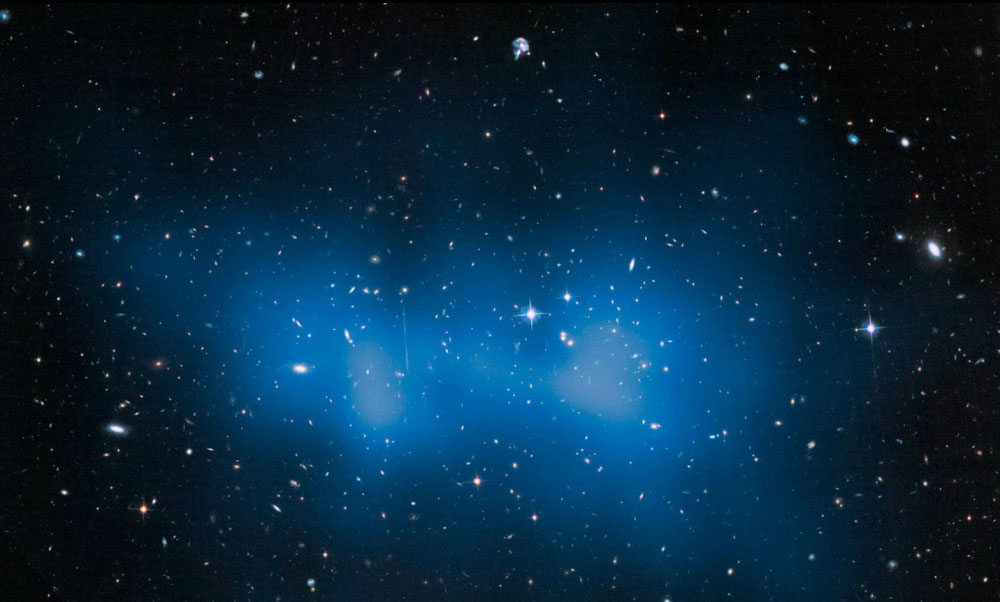 Image: The most massive clusters of galaxies ever observed, this mosaic of Hubble shows the cluster called El Gordo (fat in Spanish). The cluster contains hundreds of galaxies in this picture but there are many more because some are seen several times distorted by gravitational lensing. They spread out in a circle but that are multiple views of a single galaxy. Credit Image: NASA, ESA, and J. Jee (University of California, Davis). |



 Automatic translation
Automatic translation
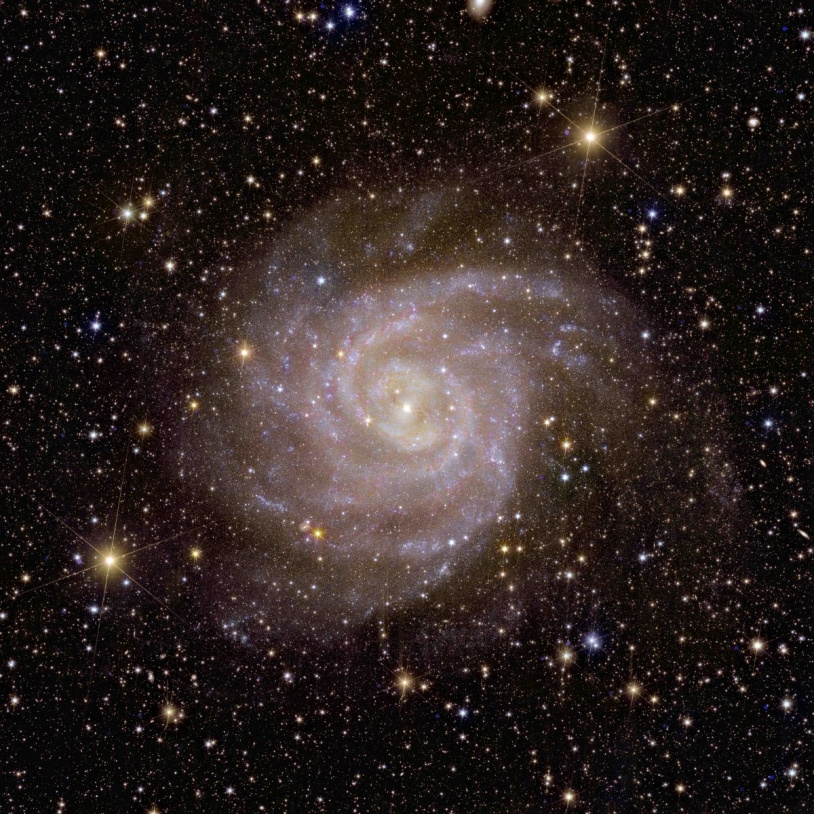 The hidden galaxy, one of Euclid's first images
The hidden galaxy, one of Euclid's first images
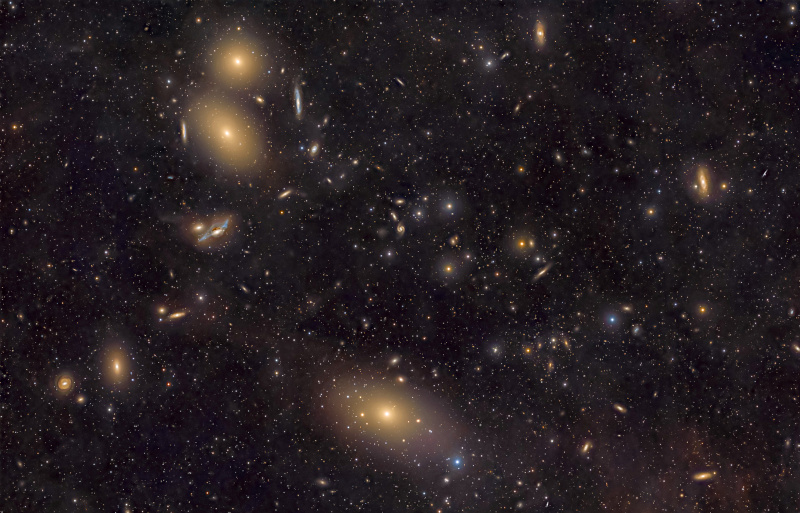 The Virgo Cluster spans approximately three Full Moons
The Virgo Cluster spans approximately three Full Moons
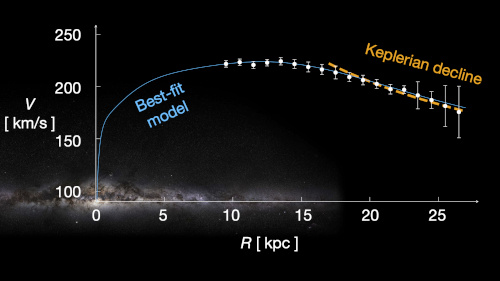 Where did the dark matter in our Galaxy go?
Where did the dark matter in our Galaxy go?
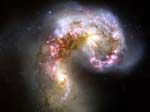 Merging galaxies and black holes
Merging galaxies and black holes
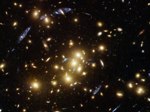 Mirages created by gravitational lenses
Mirages created by gravitational lenses
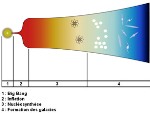 Mystery of the Big Bang, the problem of the horizon
Mystery of the Big Bang, the problem of the horizon
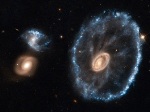 Cartwheel Galaxy Cosmic Event
Cartwheel Galaxy Cosmic Event
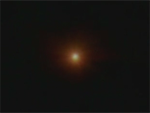 The first second of our history
The first second of our history
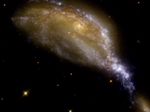 A small galaxy tears apart the large NGC 6745
A small galaxy tears apart the large NGC 6745
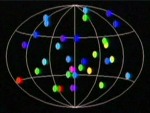 The mystery of gamma bursts
The mystery of gamma bursts
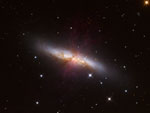 The Cigar Explosion
The Cigar Explosion
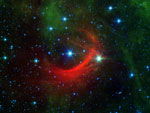 Shockwaves
Shockwaves
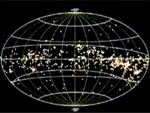 Gould's belt, a stellar fireworks display
Gould's belt, a stellar fireworks display
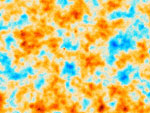 Recombination in cosmology
Recombination in cosmology
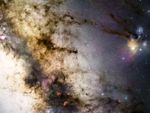 Journey to the center of our galaxy
Journey to the center of our galaxy
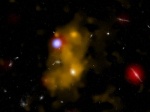 Lyman-alpha bubbles
Lyman-alpha bubbles
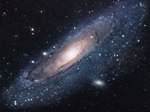 Andromeda in the ultraviolet
Andromeda in the ultraviolet
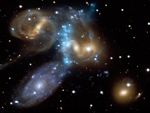 The most beautiful galaxy clusters
The most beautiful galaxy clusters
 Tinkerbell merger of three galaxies
Tinkerbell merger of three galaxies
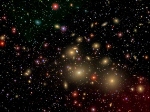 A gigantic black hole
A gigantic black hole
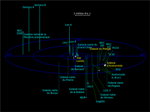 Enigma of coplanar galaxies
Enigma of coplanar galaxies
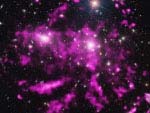 The cluster of galaxies Coma in its soup
The cluster of galaxies Coma in its soup
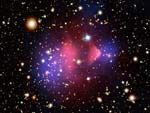 The cannonball, proof of dark matter
The cannonball, proof of dark matter
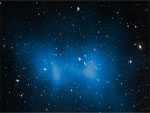 El Gordo galaxy cluster
El Gordo galaxy cluster
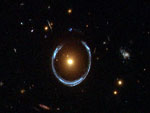 Einstein ring and cross
Einstein ring and cross
 How to measure distances in the Universe?
How to measure distances in the Universe?
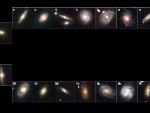 The Hubble sequence and types of galaxies
The Hubble sequence and types of galaxies
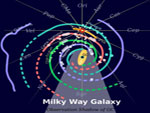 The spiral shape of the galactic arms
The spiral shape of the galactic arms
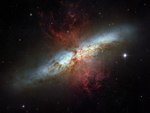 Even more stars, the Cigar galaxy
Even more stars, the Cigar galaxy
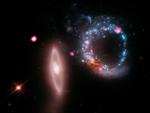 The Universe of X-rays
The Universe of X-rays
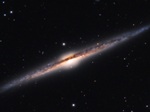 The most beautiful galaxies
The most beautiful galaxies
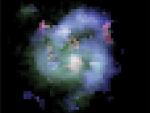 The oldest galaxies in the universe
The oldest galaxies in the universe
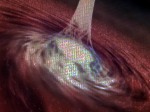 Quasars the nuclei of galaxies
Quasars the nuclei of galaxies
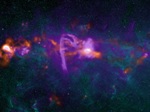 Sagittarius A black hole at the center of our Galaxy
Sagittarius A black hole at the center of our Galaxy
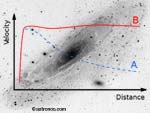 The MOND theory and its contradiction
The MOND theory and its contradiction
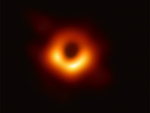 The first image of a black hole
The first image of a black hole
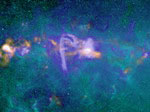 Central area of the Milky Way
Central area of the Milky Way
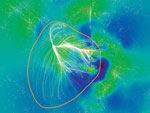 Laniakea, our supercluster of galaxies
Laniakea, our supercluster of galaxies